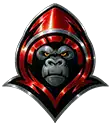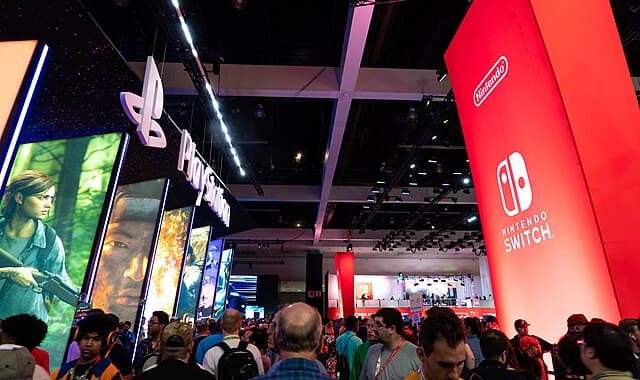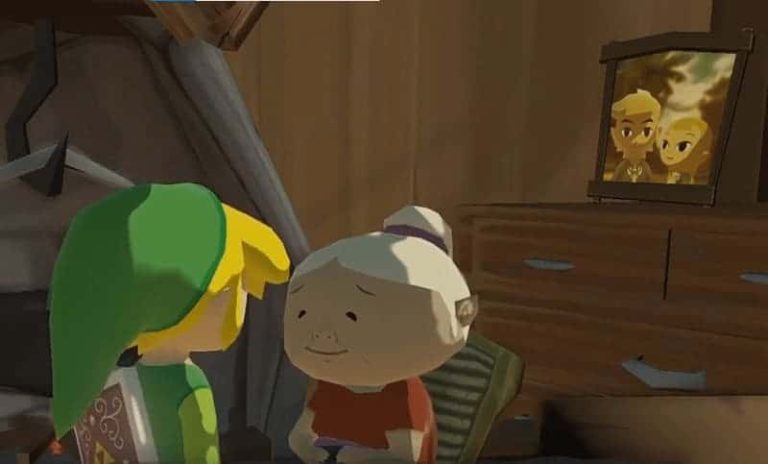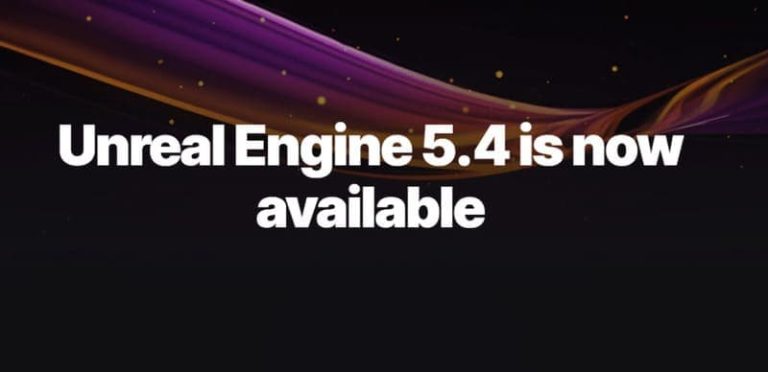PlayStation vs. Nintendo: Comparing Popular Classic Consoles in 2024
Throughout gaming history, Nintendo and Sony have been neck and neck in popularity. They’ve both jumpstarted some of the most memorable IPs of all time and led the way for innovation in gaming. Growing up, many of us were biased toward one or the other, but is it really a competition? Let’s take a trip through time together as we compare the pros and cons of PlayStation vs. Nintendo over the years.
The Legacy Begins
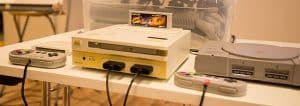
In today’s modern age of console wars, it’s easy to overlook the history of how our favorite gaming giants got so big. It might be hard to believe, but Nintendo and Sony almost released a console together. The original “PlayStation” was meant to be a collaboration between the two companies. The device was equipped with the hardware to play both cartridge and disc-based games, making it incredibly innovative for the time of its inception, 1989.
So, what happened? Well, despite developers from both companies working hard on the new console, Nintendo grew increasingly suspicious that Sony was using this hybrid creation to break into the console business on its own. Interestingly enough, they were right. The Sony engineer who spearheaded the project, Ken Kutaragi, saw it as the first step to Sony breaking into the gaming business.
With this new information in mind, Nintendo decided to make the bold move of working with the Dutch studio, Philips, instead. They announced this decision in the most humiliating way possible. They waited until Sony unveiled the plans for the PlayStation to the public and dropped them as business partners the very next day. Needless to say, Sony executives were shocked, and the Nintendo-Sony hybrid console was canceled.
The Birth of a Rivalry – PS1 VS N64
No longer needing the help of Nintendo to bring their vision into fruition, Sony released its new version of the PlayStation in 1995. They boasted its ability to play CD-ROM games, a technological step up from Nintendo’s cartridge-based systems of the past. However, Nintendo didn’t seem to care about CD-ROM games at all. They would follow up Sony’s release with their own new console in 1996, the Nintendo 64. The 64, of course, would be a cartridge-based system, playing to what Nintendo knew worked well.
Both systems had their pros and cons, of course. The PlayStation’s disc-based format allowed for more memory. This gave game developers the opportunity to release larger, story-driven games like Metal Gear Solid and Final Fantasy VII, which would blow up in popularity. Nintendo, however, had the upper hand in other ways.
The PlayStation only offered two controller ports, whereas the N64 was released with four. This made way for more engaging party games with four players, like Mario Party and Super Smash Brothers. The PS1-N64 era would also make way for a new mascot rivalry. While Nintendo had previously been provoked by Sega’s Sonic the Hedgehog to rival Mario, they now had new contenders on the field. The PS1 saw the introduction of Crash Bandicoot and Spyro the Dragon, both matching Mario’s status as a video game icon.
Keeping Up With the Times – PS2 VS GameCube
In the year 2000, Sony released the PlayStation 2, an undeniably more powerful system than anything they had made before. It offered a more powerful processor, allowing for better-looking graphics as well as backward-compatible play. With the PS2 came unforgettable hits such as Kingdom Hearts and Shadow of the Colossus, games that still hold up today. Sony maintained its high status of having the most powerful hardware, while Nintendo set its sights on creativity and new ways to play.
2001 marked the release of the Nintendo GameCube, a remarkably compact console that’s almost hard to compare to the PS2 at all. Nintendo and Sony had strayed so much from the same mission at this point that they were creating vastly different gaming experiences. Interestingly enough, despite the GameCube’s smaller amount of RAM, its processor was more powerful than that of the PS2.
However, the GameCube’s smaller discs didn’t allow as much space for assets, squashing its graphical capabilities. A fascinating IGN article that’s hung around on the internet since 2004 explains in intense detail the technical differences between the two consoles and the complications of comparing two very different machines.
The choice between Nintendo and Sony in this generation really came down to which type of game was more fun for the player. When it comes to popularity, though, the PS2 wins this round. It still reigns supreme as the best-selling console of all time, with 159 million sales during its lifespan. The GameCube only saw a relatively disappointing 21.74 million, which is almost hard to believe given what would happen next.
The Comeback – PS3 VS Wii
By 2006, both Nintendo and Sony had already established themselves as the massive video game moguls we know today. They both knew what they were good at, with Sony leading the way in impressive new hardware and Nintendo pumping out innovative new ideas left and right. With that said, the era of the Wii and PS3 would be incredibly successful for both companies. Both consoles were released in November 2006, just a few days apart. The PS3 was released on November 11th, and the Wii would drop on November 19th, both just in time for Christmas.
The Wii was unlike anything anyone had ever seen before. It used motion controls for almost everything. It offered realistic feeling sports, fighting games, cooking games, and a myriad of other ways to use the iconic new controller setup. The console was insanely popular upon release, often selling out in minutes at retail chains.
Over its lifespan, the Nintendo Wii sold 101.63 million units, a vast improvement from the GameCube’s sales. The Wii wasn’t without its flaws, though. It was often the target of scrutiny due to flying Wii remotes causing household damage or even injury.
Nintendo attempted to remedy this by including a wrist strap and protective grip with every new controller, as well as extensive instructions on how to use them. Despite this, the console still goes down in history as one of the most creative things Nintendo has ever made.
On the other hand, the PlayStation 3 was also selling well, trailing just behind the Wii with 87.5 million units sold during its lifetime. With the PS3, Sony stuck closely with what they did best: improving their hardware and graphics. The PS3 also offered easy access to the internet and multiplayer games, offering much more variety than even the PS2.
While the Wii did have online capabilities, Nintendo supported far fewer online games than the PS3. This (along with Xbox, but this article isn’t about them) paved the way for modern online games like Minecraft and Grand Theft Auto V, which are still extremely active.
Making Way For Modernity – PS4/PS5 VS Wii U/Switch
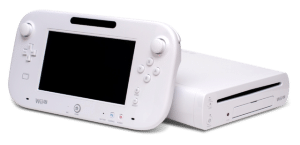
The releases of the next two consoles for each company were a bit more staggered. Nintendo released the Wii U in 2012, which, despite being a decent console in a lot of ways, suffered greatly in sales. The general public wasn’t sure if it was just an upgrade to the original Wii, which had been old news for a while by then, or if it was something else entirely.
The marketing campaign for the console was also underwhelming compared to that of the PS4 in 2013. The Wii U was innovative in the sense that it used a touch screen in ways that Nintendo’s handheld, the DS, could not. However, this wasn’t really enough to stand out amongst the crowd in the early 2010s.
The PS4, on the other hand, was more of the same as Sony—another basic box with a standard controller. There were no frills or gimmicks, just stronger hardware with the same formula. However, the PS4 excelled at exclusive games. Where the Wii U had a small, limited library, the PS4’s versatility allowed players more choice. One notable installment that began as a PS4 exclusive is Horizon Zero Dawn, which is considered a masterpiece in both gameplay and story.
After the poor sales performance of the Wii U, it wasn’t long before Nintendo released its newest console, the Nintendo Switch, in 2017. The Switch was a massive improvement on the Wii U in a lot of ways while still keeping the general idea. The Switch itself is one giant touchpad that allows for both handheld and traditional TV play. The modular nature of the console makes it really versatile for any situation.
The controllers that come with the console, or Joy-cons, can be swapped out for a standard pro controller, giving gamers more options for personalized play. The Switch also features Nintendo’s largest game library to date, allowing more third-party content to be sold on the Nintendo e-shop than was ever previously allowed on the Wii Shop Channel. This has been monumental for Nintendo, as the Switch acts as a far more affordable option to play triple-A games (with a few graphical drawbacks) than a PlayStation or PC.
Finally, Sony released the PlayStation 5 in 2020. Keeping with the Sony formula, the system is a reiteration of the PS4 with a few extra bells and whistles and beefier hardware. One notable feature is the system’s new controller, the DualSense. The controller enables realistic haptic feedback as well as adaptive triggers for a more personal and accurate gameplay experience. The PS5 also sports full support for 4K media and remains backward compatible. Both consoles offer great options for gamers and still dominate their own spheres of the gaming world. Which one would you choose?
For More Great Content
Are you desiring top-tier content that covers everything? From thrilling sports and intoxicating entertainment news to gaming tips and professional betting advice, Total Apex covers it all. Delve into our no-fluff articles to stay ahead of the game with the latest sports action, uncover the hottest trends in entertainment, and get the latest scoops in the gaming industry that will take your experiences to the next level.
Finally, our betting advice will give you a decisive edge over the competition and increase your odds of beating the books. Whether you’re looking to stay updated or gain a competitive edge, Total Apex is your one-stop shop for all things compelling and relevant. Don’t forget we cover Fantasy Sports, too!
Check out all our sites: Total Apex Sports, Total Apex Fantasy Sports, Total Apex Entertainment, Total Apex Sports Bets, and Total Apex Gaming. Out of the ashes of obscurity will rise a beast. Always remember to Respect The Hustle! Follow us on Twitter/X @TotalApexSports to stay informed.
